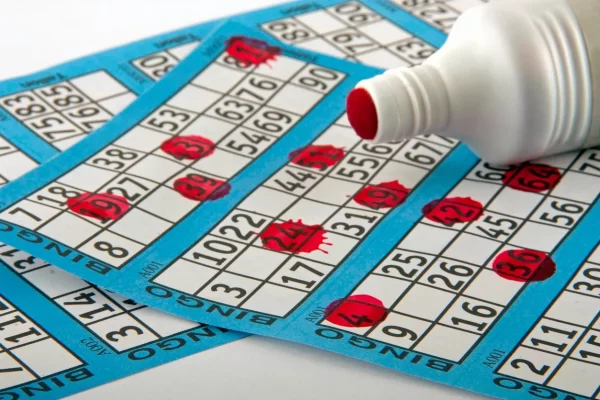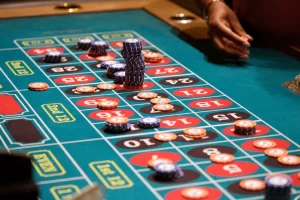There are many different types of slot machines. These machines vary in their features and functions. The most basic machines use mechanical reels and pay out the largest amount of money when a gambler matches three or more identical symbols. Other types feature multiple paylines that can produce a higher payout if the gambler matches all five matching symbols. The following are the differences between these three types of machines. Let’s examine each of them in more detail.
When playing slot machines, players insert cash, coins, or paper tickets with barcodes into the machine. The machine then spins the reels, and winning combinations earn credits in accordance with the paytable. Slot symbols differ, but classic symbols include fruits, bells, and stylized lucky sevens. Most games have a theme, and any bonus features are aligned with this theme. In casinos, this can be confusing for new players.
In the U.K., slot-machine functions became more advanced with the inclusion of microprocessors. Microprocessors enabled the machines to accept coins directly, as well as monitor their placement into the payout channel. The machines also included proximity sensors that could identify which symbols were on the drums and adjust payouts accordingly. However, today, most slot-machine functions are controlled by microprocessors. There are several benefits to this, and these are briefly discussed below.
The first fully electromechanical slot machine was developed in 1963 by Bally. This was a model that could pay out 500 coins without a live attendant. It also featured a bottomless hopper and could handle multi-coin bets. Eventually, the popularity of these machines made the side levers a relic. These machines also allowed players to insert more coins into each spin, and the jackpots became larger.
One important factor to consider when playing slot machines is the probability of winning a jackpot. The payouts for individual jackpots are closely guarded secrets. The probability of a jackpot winning is not a factor alone; the probabilities of the different payouts are equally important. For example, if you played one hundred times and won $100, the probabilities for all of the other payouts would be zero. This would make the game boring and deceitful.
Despite the prohibition of gambling machines in California, slots remained popular in other states. Although the first slot machines were poker-based, the new design of these machines was simpler. Instead of the many cards and symbols found in poker-based slot machines, they now have three rotating reels and five symbols. And the payouts can be automatic. However, there are also some machines which only have one or two reels. So how does a slot machine work?
Most modern machines use pseudo-random number generators to generate random numbers. The latest number will determine the result of the game. Unless the player knows how the machine is programmed, they will never know the exact number. Therefore, they cannot guess the result of a slot machine game. However, if they know the basic functions of a slot machine, they can maximize their chances of winning. This is what the slot machines are all about.













